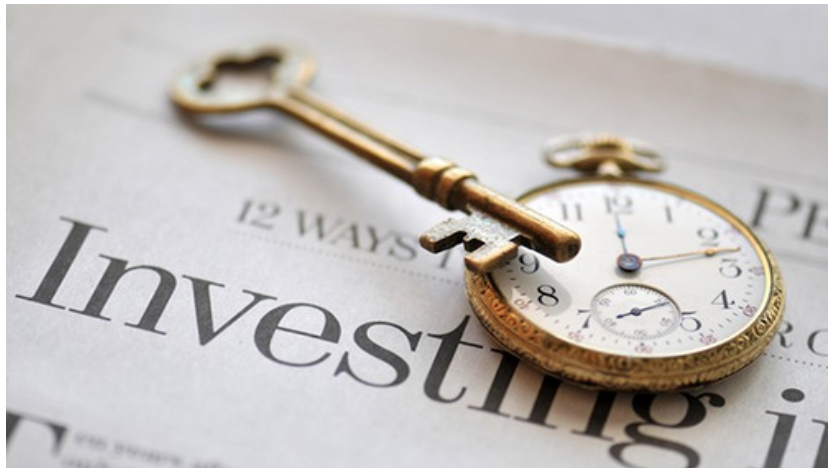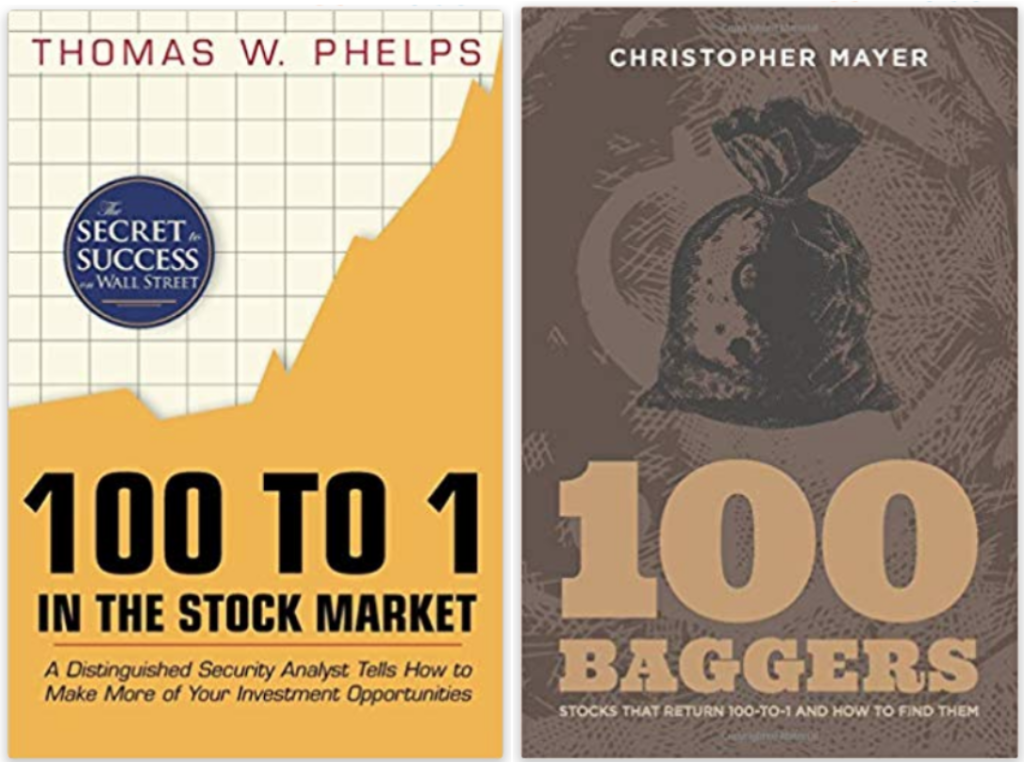
Happy new year! I thought I would start this new year’s first post with something provocative. My investing motto has been to ‘buy right, sell never’. Buying right is of course neither controversial nor provocative. It’s just common sense. Selling never can be questioned by reasonable investors though.
After all, we invest with the money we’ve saved. And our savings, by definition, is simply deferred consumption. Investing is a way for us to grow our savings. Until we are ready to spend it. What we choose to eventually spend on is up to us. It could be retirement, education, charity, kids and grandkids, or any number of other reasons.
Therefore, claiming I’d never sell my stocks (and thus never spend that money) is a bit of an exaggeration. The money will be spent, eventually. And that implies selling investments sooner or later.
However long-term investing requires long duration planning. I don’t invest in stocks any money that I might need in the next five years. And often longer. I’ve been investing for more than twenty years. I keep most of my holdings for a decade and longer. So in my case, that sell-and-spend decision comes long after my buy-invest decision. Selling never in this context seems appropriate as my focus is on buying right, not on selling. To me, selling is an afterthought.
Furthermore, when I do need to spend from my savings, those sell decisions will come gradually. I won’t have to sell everything in one go. Remember the well known 4% withdrawal rule for retirement. Even for non-retirement expenditures, if I have been investing for years (and buying right investments, hopefully) then I would have large enough portfolio built up that a single spending milestone won’t trigger a large sell decision.
If I have smaller sell decisions to make (relative to my overall portfolio), those can often be handled without explicitly eliminating an entire stock position. How? By reaping dividends. Or by selling a fraction of a stock position.
I own several good businesses where my shares are generating nearly 10% dividends every year relative to my purchase price. See the list in my blog post from last year, My Uber Dividend Payers. I’ve got to such high dividend yields (over my cost) by buying durable businesses and holding on to them. In my case, 11 years and counting. When I don’t reinvest these dividends, I am essentially selling these positions, albeit gradually. And I don’t need to determine what’s an appropriate price to sell. Rather than sell high, I am selling gradually.
I also own several stocks that don’t pay a dividend. In this case, whenever I need some money to spend, I could just sell a fraction of my position. Doing so is also effectively like generating dividends. In some cases, it may even be better than getting a company-determined dividend thrust upon me. Think of businesses that could reinvest all their profits to grow even faster. My Amazon position is like one of those. Warren Buffett, in his 2012 shareholder letter, suggested this fractional selloff approach as an alternative to cash dividends. See the section titled ‘Dividends’ in the letter.
As I said earlier selling never is an exaggeration. But you can see from the previous discussion that selling can often be a gradual activity spread out over a long period. Rather than just selling positions in good durable businesses outright. Perhaps I should change my slogan from ‘buy right, sell never’ to ‘buy right, sell gradually over time’. Now it starts sounding more reasonable.
One reason for sticking with Buy Right, Sell Never is my dislike for the prevalent conventional wisdom of Buy Low, Sell High. From my experience, I just don’t see Buy Low, Sell High as practical advice. It sounds good but doesn’t work in practice for majority of investors. If anything, most individual investors do the opposite—they buy high when the market has been going up and up for a while (like today’s market). And they panic and sell when the market has gone down substantially—as we saw in 2008 and 2009. It’s not just limited to stock pickers. Mutual fund investors tend to do the same thing—buy high when optimism is high and then sell when market drops. See this study.
Following Buy Right, Sell Never, I compress my investing actions down to just one kind: what to buy. I don’t need to worry about when to sell. If I buy shares in a sustainable profitable business, it will do well for many years. It will thrive during economic expansions, and survive and even emerge stronger out of recessions. See the stocks I have held in my portfolio for over a decade. I had called it my coffee-can portfolio.
If I fail to buy right, then of course I will be forced to sell. Possibly at a loss. This does happen to me from time to time. But when I do buy right, I keep those shares and even add to them when shares go down in price. I own several such businesses where I bought right and am still holding on to my shares. This list includes Intel from 1996, Amazon since 2000, and several others that I am holding on for over a decade now. See my stock holdings here.

Inspiration for this blog post came from my reading of two very interesting investing books over the holidays: 100 to 1 in the Stock Market and 100 Baggers. The first book was published in 1972. The second was written some thirty years later. Both books are on the same theme: buy good businesses, hold on to them for decades, and see them return 100 times or more. If I ever needed further inspiration for my Buy Right, Sell Never mantra, these books were full of real-life investor stories who did great by holding on to strong businesses. If you are a long-term thoughtful investor, you’ll enjoy reading these two books. I highly recommend them.
Leave a Reply